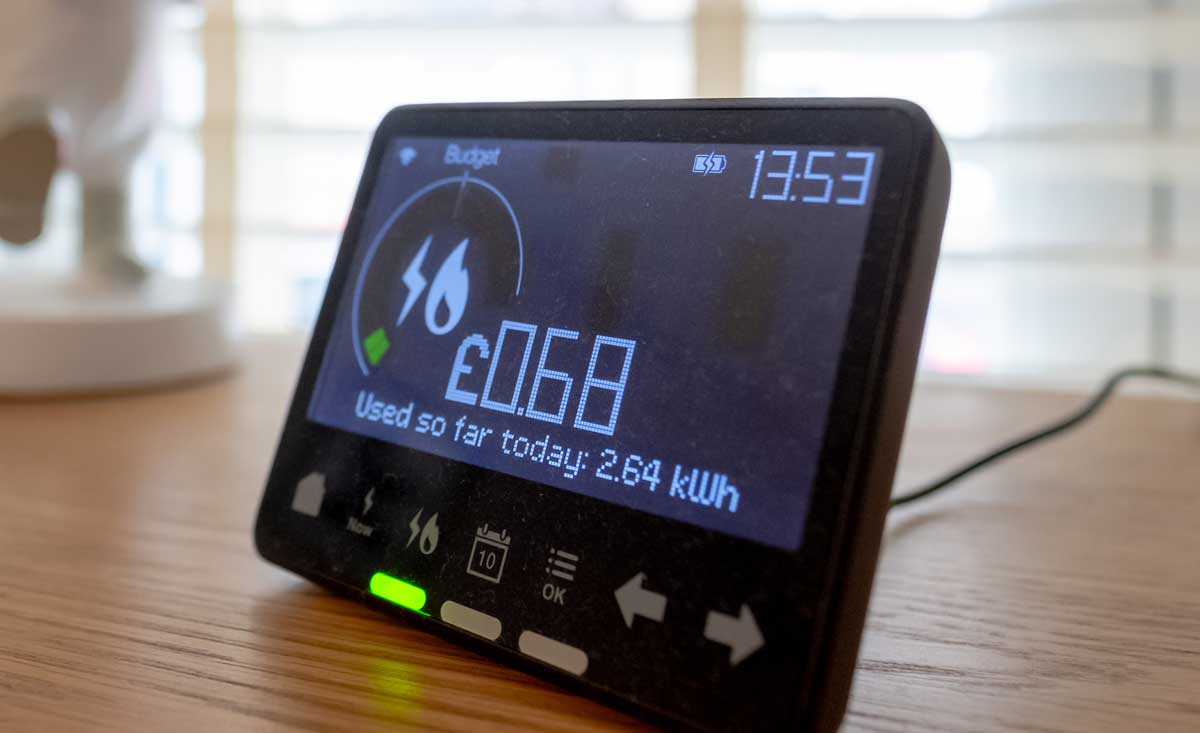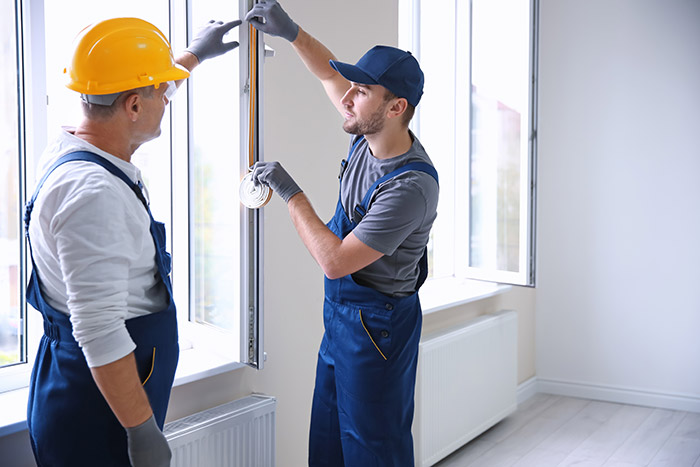
Saving Money Advice in Uncertain Times
Utility costs are a fact of life. Water and heat are essential elements. But this doesn’t mean we can’t find ways to reduce these monthly expenses. There are plenty of money saving ways that can have positive impact on utility costs and anyone can implement simple changes with great saving results. Whether you live in an old, less efficient home or a new build, there are lots of tips and tricks to lower utility bills. From minor home improvements to major changes and smart home automation, learn great tips for saving money and conserving energy!
Let’s get started.
Minor alterations to the property
This is a quick list of money saving small adjustments you can make to your home to reduce your bills:
Less Water Consumption
- Install a low-flow toilet and water-saving showerheads to save water. You’ll use less water and save money each month if you install water-saving equipment.
- Leaky faucets: Make sure none of your taps are leaking in your home. Water leaking faucets can waste water and cost you money every month.
Less Electricity Consumption
- LED light bulbs: This kind of lighting will provide you with more light for a longer period of time while using less electricity. In fact, compared to incandescent bulbs, you can save up to 90%.
- another important money saving tip is to clean or Replace your kitchen and bathroom air filter regularly: making sure these air filters are clean on a regular basis allow them to operate more efficiently rather than harder. Although this might seem small, it might save you 15% on their operating costs annually.
- Insulating blinds: Homes with a large number of windows may also lose a lot of energy. In this situation, energy-efficient blinds might be a good option. In winter, these blinds are meant to trap warm air in your home while keeping cold air out. You could also want to invest in thermal curtains to ensure that no heat escapes from the house. Thermal curtains have the added benefit of helping to block out the sun and cool the house in the summer.
Major alterations to the property
Insulation
- Fix or replace your windows: The idea is to create a seal around the window’s base to keep warm air inside your home. If your windows are outdated and inefficient, you should consider replacing them. Double or triple glazing energy efficient windows will have insulated frames and edges and can be placed to produce a tight seal.
Because new windows can cost thousands of pounds, you’ll want to make sure they’re the appropriate fit for your house before buying them. If your windows are already energy efficient but need a little help, you may easily add caulking to the outside to keep the cold air out. Alternatively, merely using the energy-efficient blinds may be enough. On a chilly day, the difference in temperature between a double-glazing window with blind open and the same window with simply a thin fully closed blind is more than 5 degrees Celsius. Try it out for yourself!
- Invest in insulation: You may want to consider adding insulation to your external walls or attic, depending on the age of your property.
In fact, one of the simplest and quickest ways to lower utility expenses is to blow insulation into the attic, especially in older homes. The total cost might be between £500 and £1000 but on the long run, it pays off. Before you buy, make sure your house can take the extra insulation. Warm air would be kept inside during the winter and hot air would be kept outside during the summer with additional insulation.
Go Green
- Plant trees to provide shade: If your home has large windows (facing west or south) and receives a lot of sunlight but no shadow, consider planting trees to provide shade. Trees like the Swedish Aspen are popular in urban settings because they can reach heights of 15 metres and 9 metres in the first ten years. They flourish in small places and provide the shade that some homes require.
Reducing Energy Costs
Here are some cool and simple ideas to cut down your energy costs:
Weatherstripping
Weatherstripping is one of the simplest and cheapest ways to save energy in your house. Sealing openings in your home where warm air might escape is known as weatherstripping (and cold air can get in). Keeping your home warm means your boiler works less, which saves you money on electricity. Weatherstripping your home effectively might help you save 10% to 15% on your electricity expenses. Weatherstripping is available at any DIY shops and is simple to install by any person. When weatherstripping your home, think about the places where air may escape and try to seal them up.
Solar Energy as a Great Alternative
If you’re thinking about installing solar panels to save money, be sure the monthly savings on your power bills are sufficient to offset the (typically) large upfront investment. There are a number of elements that influence whether or not solar is a good fit for your house.
Solar panels create power from the sun’s rays, allowing the homeowner to purchase less electricity from the grid.
The return on investment will be substantially greater if you can benefit from the government support scheme with the purchase of sustainable energy items such as solar panels. However, until then, you’ll need to perform some preliminary study to ensure that the cost reductions from installing solar panels are justified.
Check out this video about “10 Things You Need to Know Before Installing Solar Panels”
Smart Home Automation
Converting your property to a smart home is another option to save money on your electricity bills.
There has been a slew of smart home gadgets released in recent years, ranging from smart thermostats to smart light switches, that are supposed to operate around your schedule automatically.
What is Smart Thermostat?
Smart thermostats are thermostats with intelligence; they link to your Wi-Fi network and may be operated via a smartphone app. You can use your phone to monitor (and regulate) the temperature in your house.
They can save you money in the winter and summer by lowering the temperature while you’re not at home and only raising it when you are in.
Smart thermostats typically cost approximately £75 and may be obtained at any large electronics store.
Smart Light Switches
Smart light switches, like smart thermostats, link to your Wi-Fi and can be managed by an app on your smart phone. They work in the same way as smart thermostats do: i.e. they lower your energy consumption and save you money by providing you more control over when they’re turned on and off.
The best aspect is that you can program your lights to turn on and off at specific times while you’re away — for example, you can program your lights to turn on in the evenings to give the idea that someone is home.
Check out this guide for smart home automation!
References:
Read Also:






